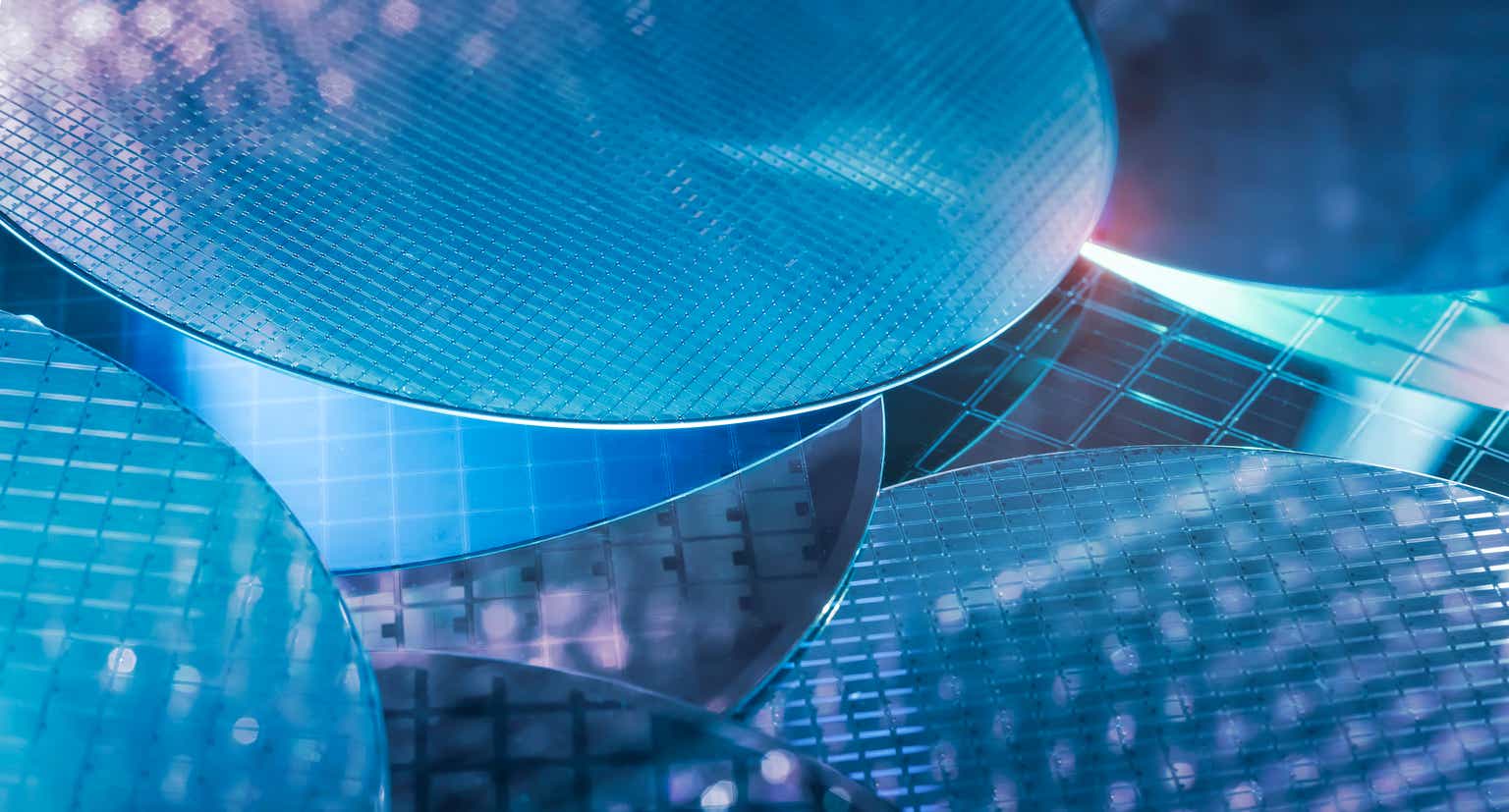Investment Thesis
As the largest global merchant supplier of photomasks, Photronics (NASDAQ:PLAB) enjoys a strong competitive position in a market with massive secular tailwinds. However, near-term macroeconomic uncertainties have put pressure on the stock, creating an attractive entry point for investors.
Photronics: Leveraging Secular Tailwinds in Semiconductors
Photronics holds an enviable position as the largest global merchant supplier of photomasks, a critical component used by semiconductor manufacturers. The company is poised to benefit enormously from secular tailwinds driven by the proliferation of semiconductors across industries.
Photomasks are high-precision quartz plates that contain microscopic circuit patterns. They enable efficient high-volume production of semiconductors and displays. As one of the few independent photomask merchants, Photronics provides these essential components to foundries and integrated device manufacturers.
Demand for photomasks is largely driven by new chip designs and capacity expansions in semiconductor fabrication facilities. So while end-market semiconductor demand may fluctuate, the introduction of new chip designs provides sustainable long-term growth for Photronics as a critical photomask supplier in the design process.
CEO Frank Lee explained that photomask demand follows a different cycle compared to just equipment spending or wafer production. The company’s position as a critical supplier in the design process provides resilience. “Photomask demand is driven mainly by new designs. Design activity often follows a different demand cycle than capital equipment or wafer starts. For example, our customers often release new designs when their demand is soft and utilization is low and that could be a better time to introduce new products into their operations.” – CEO Frank Lee on Q2 2023 Earnings Call
Photronics holds competitive advantages in this attractive niche. With 11 manufacturing facilities globally, it can efficiently serve customers across diverse end-markets and applications. The company has cultivated long-standing relationships with leaders across semiconductors and displays, including Samsung, TSMC, and BOE.
Moreover, management is investing aggressively to expand capacity and develop new technologies. For example, Photronics recently achieved its first EUV photomask shipments for DRAM manufacturing, highlighting its progress in adopting next-generation technologies.
The growth opportunity is immense, with estimates that the total addressable market for photomasks could approach $7.6 billion by the end of the decade. Secular tailwinds across autos, data centers, IoT, and other industries will continue driving robust demand for semiconductors. Photronics is strategically positioned to capitalize as an essential supplier in the design process.
PLAB trades at just 11x forward earnings despite this tremendous runway for growth. For long-term investors, the current valuation presents an extremely attractive opportunity.
Clean Balance Sheet
The balance sheet is rock solid, providing ample liquidity to fund growth. As of Q3, Photronics had $448 million of cash against virtually no long-term debt. Trailing nine-month free cash flow neared $120 million. The company expects to invest around $130 million in capex this fiscal year to expand IC capacity. But even after these investments, the net cash position remains substantial. One would assume that the low valuation might be due to capital structure issues, but this balance sheet is as clean as a whistle.

Liabilities (10Q)
Bear Case is Shortsighted and Overblown
Some investors are concerned about macroeconomic risks impacting Photronics, pointing out to the cyclicality of the semiconductor market and a potential future downturn amid rising inflation and higher interest rates. On the geopolitics front, Photronics’ exposure to China adds uncertainty given ongoing trade and technology tensions between the US and China. However, these near-term macro worries seem exaggerated for a few reasons:
As mentioned before, photomask demand follows a different cycle compared to semiconductor equipment spending or wafer production volumes. This is because Photronics plays an essential role in the design process for new chips. Chipmakers often begin releasing new designs even when demand is soft and fab utilization is low, representing a great time to introduce new products.
This highlights why Photronics may be less impacted by macro fluctuations versus other semiconductor manufacturers. While capex budgets or wafer production rise and fall, new chip designs get introduced across market cycles, driving sustainable photomask demand.
Furthermore, semiconductor capex budgets remain at record levels globally, evidencing the ongoing robust investments in new fabs and technologies. Photronics’ diversified customer base also provides stability through demand swings in any single region.
When it comes to China exposure, the US and China will likely remain economically intertwined for decades despite regulatory tensions. Technology collaboration and supply chain integration cannot be unwound overnight. Photronics’ position as an irreplaceable design partner also differentiates it from component suppliers
Valuation Significantly Undervalues Secular Growth
At around $20 per share, Photronics trades at just 11x forward earnings despite its entrenched competitive position in a secular growth market. This represents a significant discount to historical multiples in the mid-teens.
Assuming a Revenue CAGR of 7% (A little above growth in market size) with similar profit margins over the next 5 years and a multiple expansion to 15x, my valuation 2028 estimates are the following for PLAB:
| Revenue | $1,246mm |
| Net Income | $167mm |
| P/E | 15 |
| Estimated Mkt Cap | $2,518mm |
| Estimated Share Price | $40.84/share |
| Annualized Return | ~15% |
Of course, macro & geopolitical headwinds bring uncertainty over the next 6-12 months. But for long-term investors, the current pullback provides a highly attractive entry point. Photronics dominates an essential technology market poised for massive expansion over the next decade. At 10x forward earnings, shares are far too cheap given the growth runway. Investors with a multi-year time horizon should take advantage of the opportunity.
Read the full article here












Leave a Reply